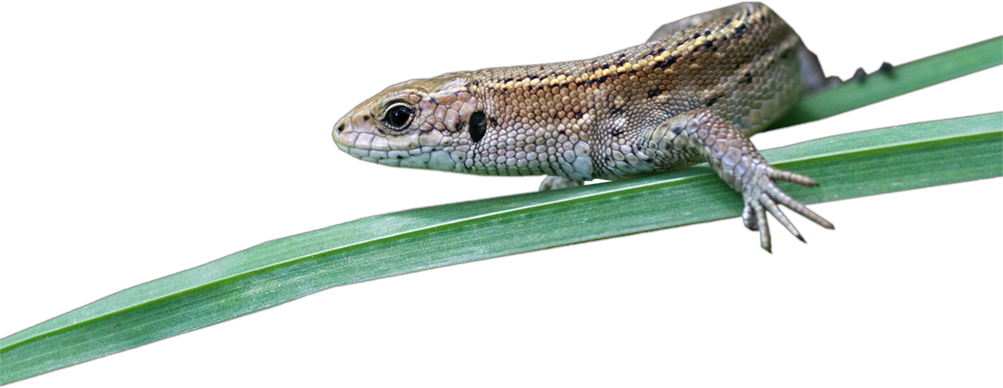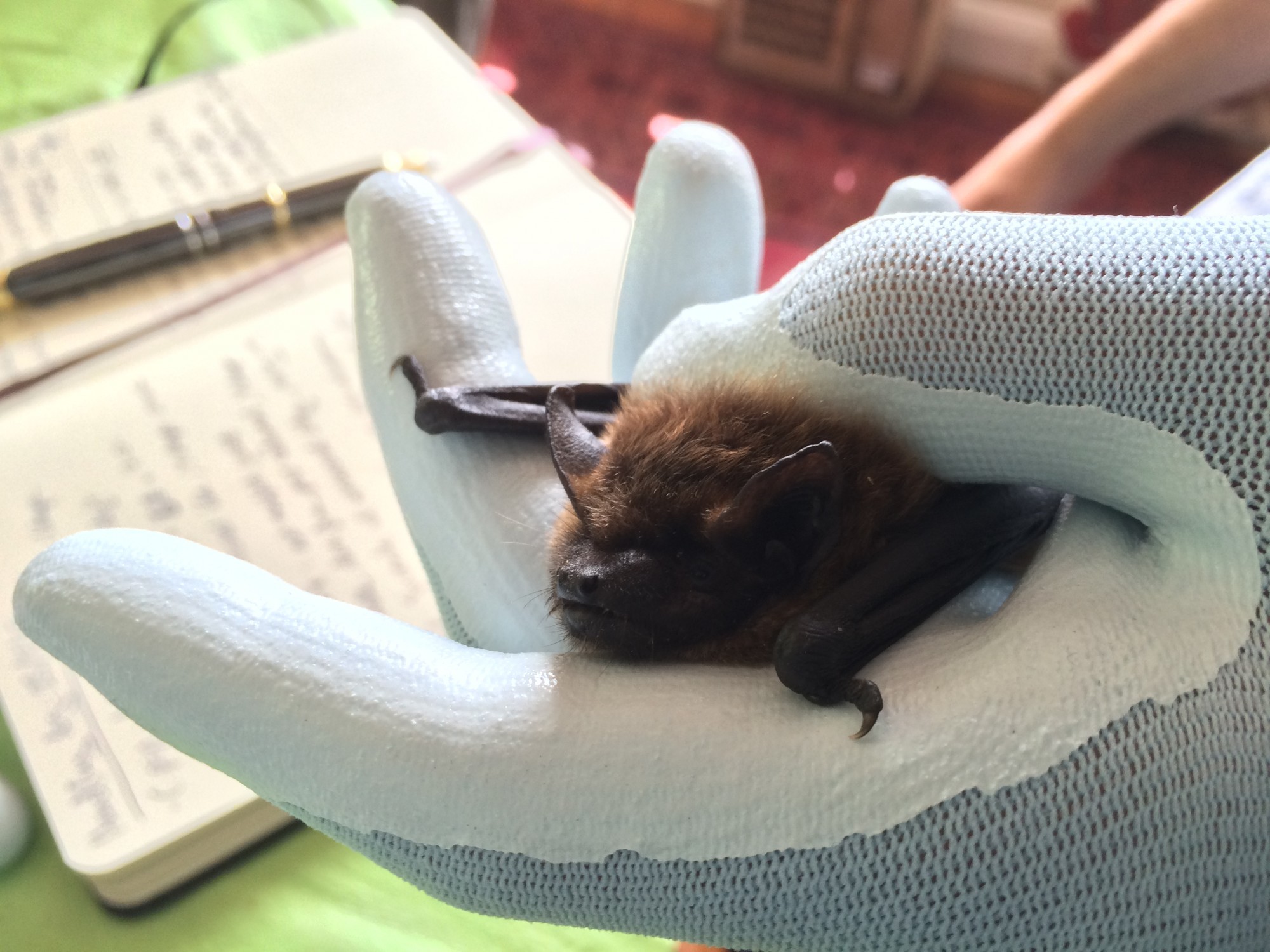Approach
Areas of rough grassland, dry stone wall and cliff-top in the sloping south-facing gardens were considered suitable for reptiles, which are known to be present in the local area. Although no evidence of bats was found in the roof voids, missing roof and hanging tiles and gaps in the brickwork provided several opportunities for bats, particularly crevice-roosting species such as pipistrelles. The following surveys were recommended:
- Presence / likely absence survey for reptiles over seven visits between April and June, using artificial and pre-existing refuges
- Two dusk-emergence / dawn re-entry surveys per building, using handheld bat detectors
Outcome
A good population of common lizards and slow worms was found to be present on site, mainly within the south-facing gardens. Common pipistrelle bats were recorded using one of the buildings as a transient summer roost, while common and soprano pipistrelles occasionally used the wider site for foraging. A series of recommendations were devised to resolve impacts from the proposed re-construction and landscaping works, including:
- Bats: Works to the buildings to be carried out during winter months in accordance with a European Protected Species mitigation licence and agreed Method Statement, under ecological supervision. Temporary mitigation to be installed prior to commencement, with a range of post-development enhancements.
- Reptiles: Habitat manipulation to be carried out in accordance with an agreed Method Statement prior to ground clearance, landscaping to be carried out under ecological supervision, post-development habitat creation and enhancements to maintain reptile population on site.
The planning application was granted consent. If you’re thinking of submitting an application for a site in your portfolio, and want to know the site’s ecological value or the implications for development, please contact us now.



